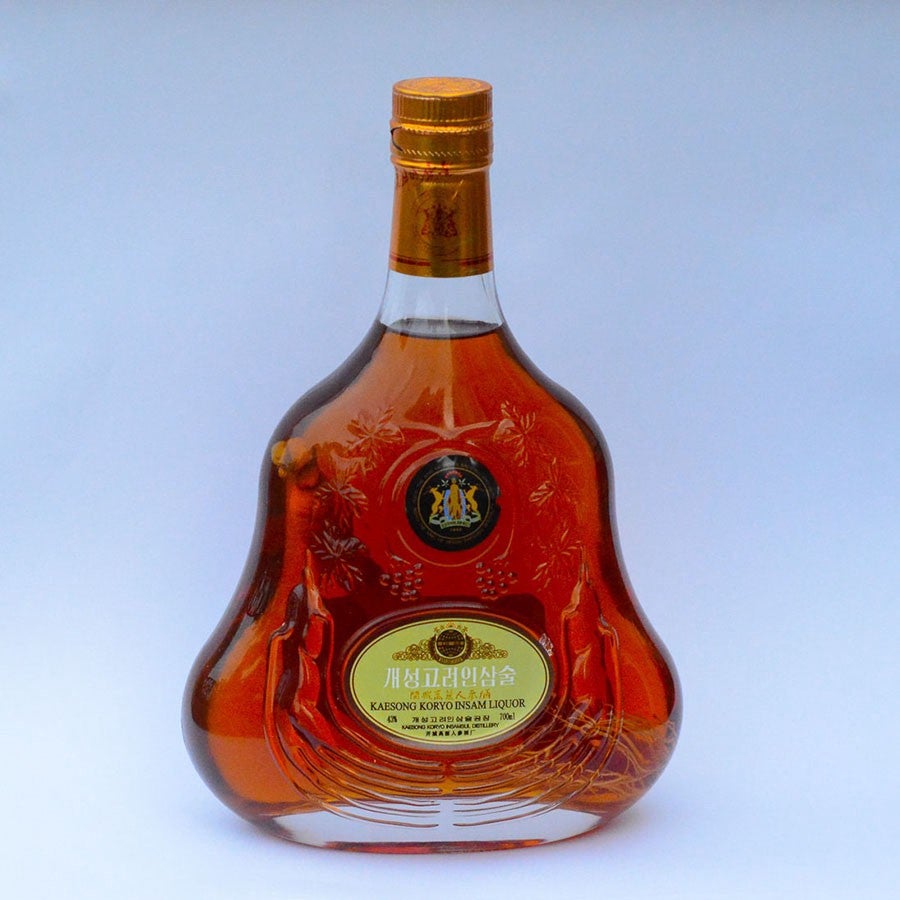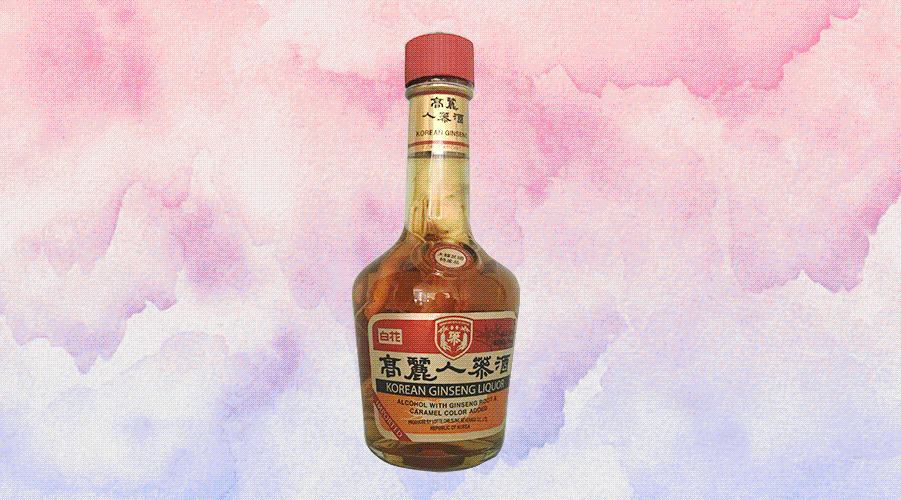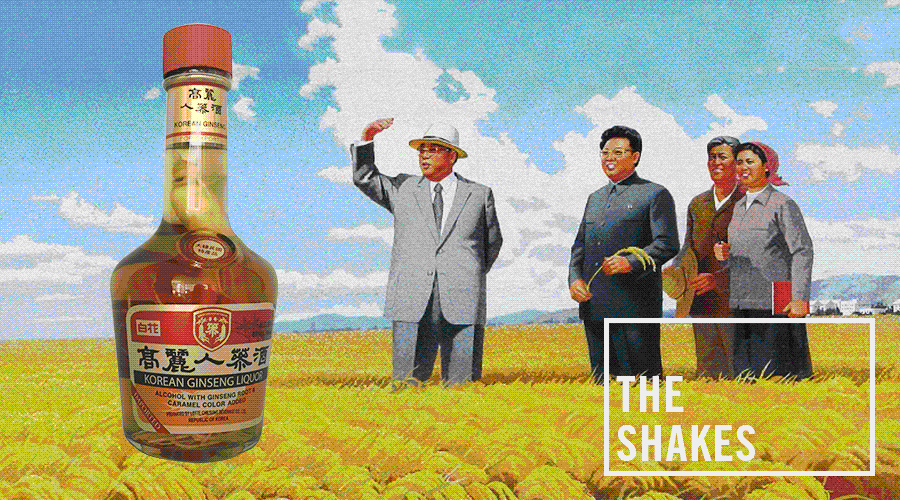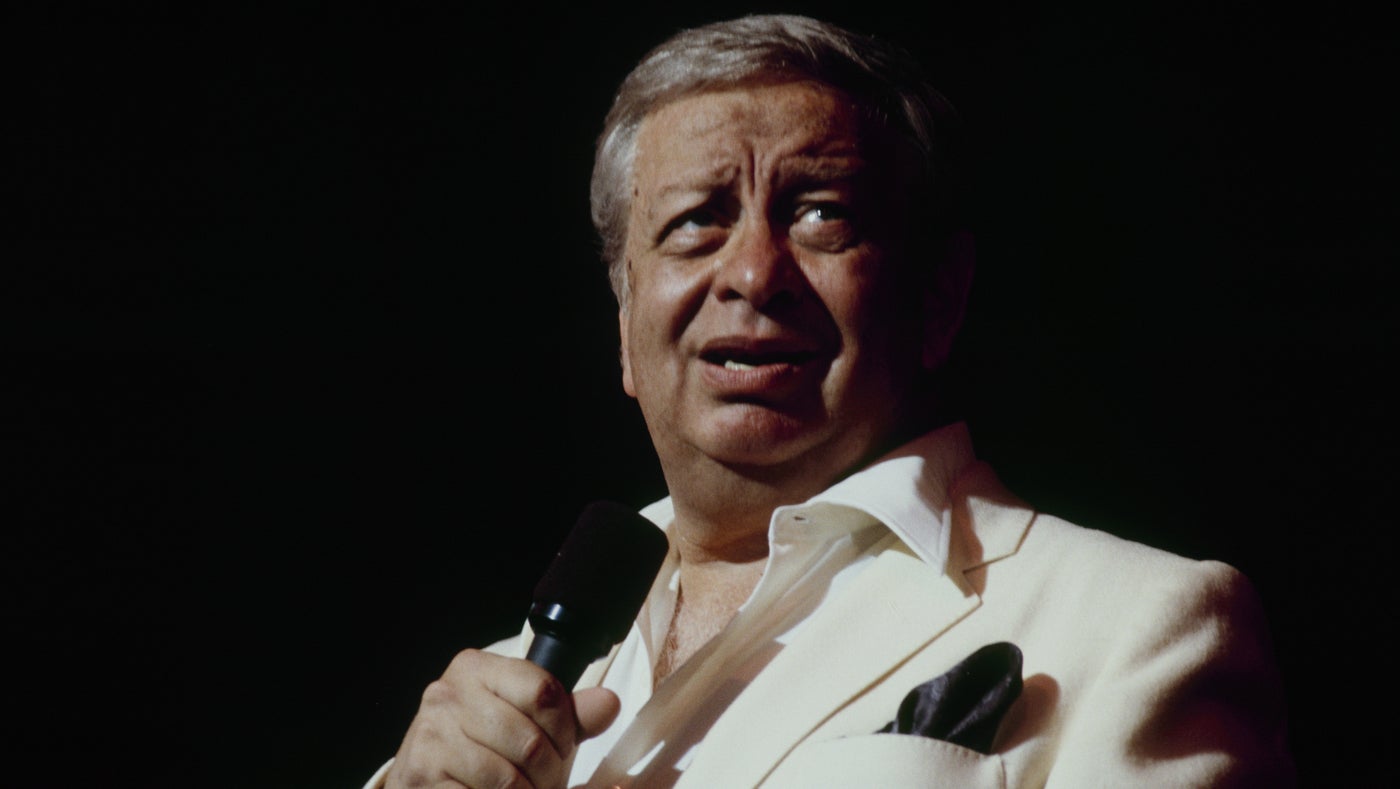On the mornings when my head pounds the hardest after a long night of drinking, I often think of two things: Will I throw up the Gatorade I just spent two hours building up the stamina to get from the refrigerator—and why couldn’t last night’s bender have been in Pyongyang?
Maybe it’s all relative, considering the crazy shit the Kim family typically gives itself credit for — e.g., the ability to control the weather, the discovery of a unicorn lair and the lack of a need to urinate or defecate — but inventing a hangover-free North Korean booze doesn’t seem that insane. First of all, there’s a British dude who’s made it his life’s work to rid the world of hangovers by 2050 via something called alcosynth, a mere 33 years away. Plus, repressive regimes have had moments of ingenuity in the past. Two recent examples: The Soviets pioneered Lasik, and the Cubans allegedly discovered a vaccine for lung cancer.
And so, despite a hemisphere-to-hemisphere eyeroll from the international media when North Korea announced in January 2016 that it had developed a kind of liquor that was all party, no cleanup, it seemed plausible enough. (Admittedly not as plausible: The DPRK’s earlier claims that some of the medicinal properties contained therein could also successfully treat SARS and AIDS.) Moreover, the regime credited the ginseng that infused the booze (called Koryo Liquor) as the hangover cure-all — a claim that also isn’t as bat-shit crazy as it seems, since scientists have long studied ginseng’s health benefits. A fact from WebMD, not state-run media.

The ginseng in question is considered legit as well — an actual North Korean-produced good many people would go out of their way to purchase and something the rest of the world would gladly import, if not for the draconian international sanctions imposed because of Pyonyang’s nuclear program.
Calling bullshit (or propaganda) on the idea that you can’t get hung over in North Korea would be as easy as me downing a bottle of Koryo and seeing what happens in the morning. But therein lies the rub: In all the coverage of it (and pretty much everyone in the world covered it — an outrageous promise that was easy to both laugh at and dream on), it appeared as though no one could ever get their hands on it. In fact, by my count, there have been only four people who have come close — and three of them were these American soldiers who went to the DMZ and came back with a red-label, off-brand version (i.e., not Koryo, but something similar and definitely of DPRK origin):
The other is Elliott Davies, a world traveler who chronicles his continent-hopping on the website Earth Nutshell. Unlike the trio of American military personnel, he got the real thing — 86-proof Kaesong Koryo Insam Liquor. “It was purchased from a supermarket in Pyongyang where I was told I was the second foreigner to be allowed inside,” he writes on his site. “A plaque on the entrance denoted the dates both Kim Jong-il and Kim Jong-un had overseen the store. It’s illegal for foreigners to handle local currency. To pay, I had to line up, receive a receipt, then head over to the currency exchange booth offering unofficial, black market North Korean Won rates to make the payment before heading back to collect my goods and finally back to the booth to collect my change in three different currencies, almost certainly wrong, as usual.”
“The alcohol was also a smash hit with the Korean People’s Army General who searched by luggage on departure from North Korea in Sinuiju,” he continues. “Smiles weren’t derived effortlessly in North Korea, but after the General discovered this magical box, it resulted in one of absolute approval… which was quickly wiped from his face when I refused to offer it as a bribe.”
It stands to reason that Davies could attest to at least two fundamental things: 1) How much the liquor fucked him up; and 2) if it prevented any morning-after, post-fucked-up funk. (The soldiers could only put down a single shot before declaring, “No wonder Kim Jong-il decides to import all his liquor — because that’s shit right there”; not to mention, they didn’t score the government-sanctioned kind anyway.)
But alas: “The reality is, I bought it as a gift for my father (he enjoys his liquor),” Davies writes over email, “and as soon as I told him that he’s likely the only person in Australia to currently have one, he just hasn’t had the heart to drink it.”
“As to where to buy it,” he adds, “you’ll struggle.”
His suggestions:
“Get someone who speaks Chinese to Google it in Mandarin because North Korea itself exports a lot of ginseng and related items to China and the Chinese are doing all sorts of black-market dealings across the border from North Korea. So there’s absolutely no doubt in my mind that some dodgy Chinese/Korean is selling it en masse in the Chinese market — and that usually means they’ll ship it.”
“If anyone you know is heading to Dandong, China, you’ll find it almost certainly lining the Yalu River across from the friendship bridge into the DPRK.”
“You could contact a prospective tourist heading to North Korea and pay them an extra hundred for their trouble on the downlow.”
“Similarly, you could try the same offer with one of the big foreign North Korean tour companies. You might find one that’s willing to do it for you. Foreign guides go in/out of the DPRK consistently.”
My solution was the Dark Web. But even there, a combination of harsh sanctions and the Kwangmyong (aka the North Korean intranet) seem to make it impossible to find. “It can’t be done,” vows Martin Daraz, the former brand ambassador for Highland Park Single Malt Scotch Whisky in the U.S. and Asia Pacific, Icon of Whisky and the nexus of everything that’s right in the alcohol industry. True to character, he kindly asked around on my behalf, especially among his Asian contacts, to see if he could get me a bottle. But again, nothing: “I think Koryo is fake. Well, maybe not fake, but folklore.”
That left me with one last option: Look for the next closest thing. In that regard, I didn’t need to travel far, since I live in L.A.—home to all sorts of vintage liquor stores, and more importantly, the ever-booming Koreatown and the largest Korean population in the U.S. While I wasn’t naive enough to think that I’d find a wall of Koryo as an endcap at one of the many Korean grocers here (or at BevMo!), South Korea definitely made something similar.
In fact, ingredients-wise, there’s nothing all that complicated about ginseng liquor — on whichever side of the Korean Peninsula it’s found. There are basically only three components:
- A neutral grain spirit (probably from sorghum and/or millet, with rice — not sugar — used to speed up the fermentation process);
- A giant ginseng root that’s stuffed in the bottle like a worm in tequila or a cobra in snake wine;
- The same kind of caramel coloring that’s found in Diet Coke and “gold” tequila, which, whether intentional or not, gives off a whisky-esque golden hue.
Still, I could only find a single bottle (retail price — $38):

As far as I could tell, it was more or less the same thing as Koryo — minus North Korea’s high-quality ginseng and a fair amount of potency (my stuff was only about 28 proof). But everything else was there — the neutral spirit, the caramel coloring and the large ginseng root that made it look like some sort of high school horticulture experiment.
My original plan was stunt journalism: Drink as much as I could as quickly as I could — CANNONBALL! — and honestly document the day after. Did the ginseng keep me from vomiting my guts out and allow me to remain a fully-functioning member of society? Or at the very least, make it not feel as though someone were severing my optic nerve with a drill bit? I know for a fact the same can’t be said of Bacardi and other better-known spirits I’ve flooded my liver with over the course of a long evening.
I was disabused of that notion, however, almost from the first sip. All that root gave it the earthy flavor of a puddle of mud that my tongue couldn’t shake for hours. I tried masking it with Diet Coke the second time around — as well as attempting to drink it more slowly (I hit the first glass all at once like a shot) — but it became immediately clear that downing a whole bottle (or even the bare minimum to become drunk enough to tempt a hangover) wasn’t gonna happen. “I feel slightly violated that you made me try this today,” Daraz jokingly chides after I make him taste-test it with me. (He, like me, also stopped after two.)
Of course, everything I’ve learned about ginseng liquor is from either the internet or North Korean propaganda. So who am I to shit all over its taste? Maybe there’s a hidden richness that comes from its cultural history that I’m completely oblivious to (Google can only accomplish so much) — and if I did know about, would make me feel as though I were participating in a grand tradition as opposed to swigging the backwash of a potted plant. Sort of like Borscht or something.
But alas once more: “There’s no particular ceremony around it,” says Cari Hah, the Korean bar manager at Big Bar, a popular L.A. craft cocktail spot. “I mean, you could drink it with dinner. But that’s weird because ginseng is a very strong flavor. So it’s more for when you feel like you need a medicinal boost. Kind of like why some people here drink a Hot Toddy.”
“It’s one of those things that people give as gifts,” she continues, “so most houses have a bottle in the liquor cabinet — with the box unopened. The ginseng definitely puts its medicinal properties into the alcohol. I believe that for sure. That being said, it doesn’t taste awesome. Personally, I’d rather drink ginseng tea for my cold and a nice scotch for fun.”
Or to be even more blunt about it: “I appreciate it for what it is,” she says, “but I’m not going to reach for it… ever.”
Me neither. Case in point: As I type this, the bottle remains on my desk — the first filled with any kind of booze that didn’t disappear in short order. I haven’t even been tempted to open it as a last-ditch effort to rid myself of a persistent spring cold. I’ll take my chances with DayQuil as Big Pharma leaves less of a bad taste in my mouth. And universally, everyone else in the office — even the alcoholics — couldn’t force it down.
In fairness, I can’t say with certainty that the North Korean version would inspire the same response. Maybe just the knowledge that I smuggled it out of North Korea would be enough to take the edge off the taste. But I suspect that’s wishful thinking. And unlike all of North Korea’s other ridiculous claims, Koryo is more boring than bullshit.

